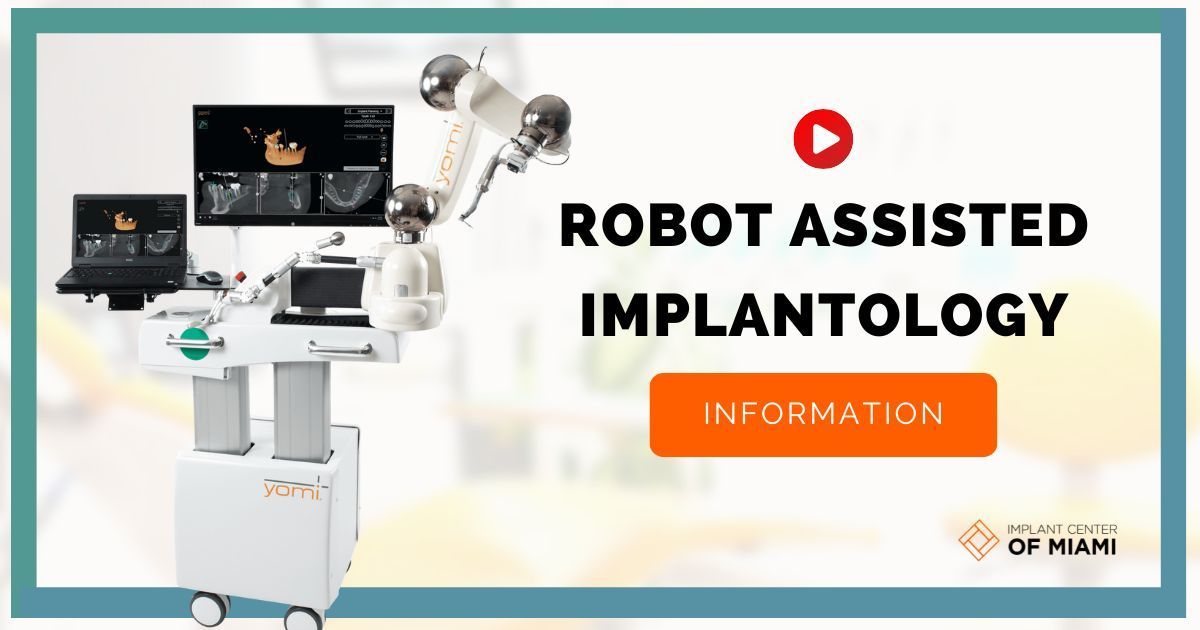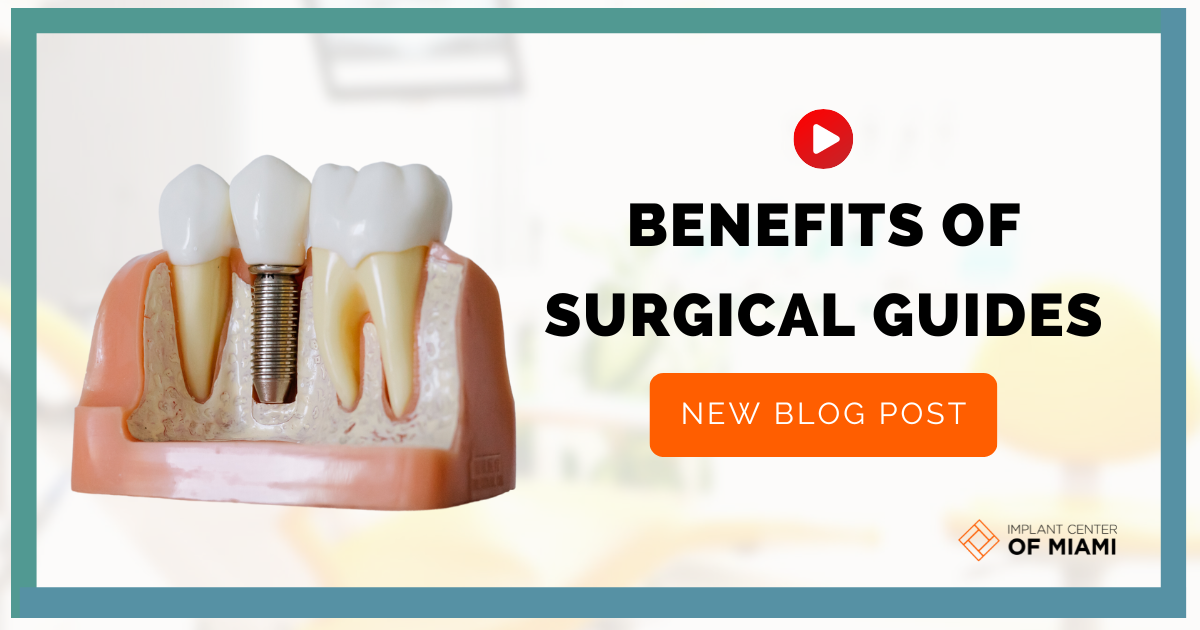Can a Cavity Turn Into a Root Canal? - Exploring the Possibility and Solutions
A common misconception among some individuals is whether a cavity can evolve into a root canal. This doubt arises from a lack of understanding of the two different dental conditions. While a cavity is a form of tooth decay, a root canal is a procedure performed to treat an infected or damaged tooth's root. Thus, it is essential to clarify the distinction between the two, dispel any confusion, and provide accurate information about these dental concerns.
Request an Appointment
Introduction: Understanding dental cavities and root canals
Dental cavities and root canals are common dental issues that can cause pain and discomfort. Cavities are caused by tooth decay, while root canals are necessary when the tooth's pulp becomes infected. Understanding the causes, symptoms, and treatments for these conditions is essential for maintaining oral health.
What causes dental cavities
Dental cavities are caused by a combination of factors, including poor oral hygiene, frequent consumption of sugary and acidic foods, bacteria in the mouth, and lack of fluoride. When these factors come together, they create an environment where tooth enamel is constantly under attack, leading to the formation of cavities. Regular brushing, flossing, and dental check-ups can help prevent cavities and maintain oral health.
The role of dental enamel in cavity formation
Dental enamel plays a vital role in cavity formation. It acts as a protective layer, shielding the sensitive underlying tooth structures from harmful bacteria and acids in the mouth. However, enamel can be weakened by poor oral hygiene practices, acidic foods, and excessive sugar consumption, making it more susceptible to cavity formation. Regular brushing, flossing, and dental check-ups are essential for maintaining the strength and integrity of dental enamel.
How cavities progress and the stages of tooth decay
Cavities progress as tooth decay gradually breaks down the tooth enamel. The stages of decay begin with the formation of a small white spot on the tooth surface, indicating demineralization. Without proper care, it progresses into a cavity, where the enamel starts to weaken and develop a hole. If left untreated, the decay can reach the dentin, causing sensitivity and pain. Finally, it can reach the pulp, leading to severe pain, infection, and the need for root canal therapy or tooth extraction. Regular dental check-ups and good oral hygiene are crucial in preventing and addressing tooth decay.
Recognizing the symptoms of a cavity
Recognizing the symptoms of a cavity is important for early intervention. Look out for tooth sensitivity, pain, and visible holes or discoloration on the teeth. Bad breath and swollen gums may also indicate a cavity. Regular dental check-ups are crucial to detect and treat cavities before they worsen.
Factors that may increase the risk of developing a cavity
Poor oral hygiene, such as infrequent brushing and flossing, can increase the risk of developing a cavity. Additionally, consuming sugary foods and drinks regularly can contribute to the formation of cavities. Dry mouth, which can be caused by certain medications or medical conditions, can also increase the risk as saliva helps to wash away bacteria and plaque. Lastly, having deep grooves or pits in the teeth, along with inadequate fluoride exposure, can make teeth more susceptible to cavities.
Can a cavity heal on its own?
A cavity cannot heal on its own. Once tooth enamel is damaged, it cannot regenerate. However, early-stage cavities can be halted and even reversed with proper oral hygiene and fluoride treatments. Regular dental visits are essential to detect and treat cavities before they worsen.
When a cavity reaches the dentin: Importance of early intervention
When a cavity reaches the dentin, early intervention becomes crucial to prevent serious dental problems. The dentin layer of the tooth is more sensitive and vulnerable to decay, leading to potential tooth pain, infections, and even tooth loss. Acting promptly by seeking dental treatment can save the tooth from further damage and the need for more invasive and costly procedures in the future.
Exploring the anatomy of a tooth and the concept of a root canal
Exploring the anatomy of a tooth and the concept of a root canal is essential for understanding dental health. A tooth is comprised of different layers: enamel, dentin, and pulp. When the pulp becomes infected or damaged, a root canal procedure is necessary to remove the infected tissue and alleviate pain. This treatment helps preserve the tooth structure and restore oral health.
Understanding the pulp inside the tooth
Understanding the pulp inside the tooth is crucial for dental health. It is a soft tissue containing nerves and blood vessels. When damaged or infected, it can cause severe pain. Treatment options include root canal therapy to remove the affected pulp and preserve the tooth. Regular dental check-ups and good oral hygiene are essential for maintaining the health of the pulp and preventing tooth decay.
When a cavity reaches the pulp: Signs and symptoms
When a cavity reaches the pulp, it can cause significant discomfort and symptoms. Patients might experience sharp or throbbing pain, especially when eating hot or cold foods. Swelling or tenderness in the gums near the affected tooth can occur. Discoloration or darkening of the tooth is possible. Pus or an abscess might form, leading to a bad taste or odor. Sensitivity to pressure or biting down can also be a sign. Timely dental intervention is crucial to prevent further complications.
The process of a root canal treatment.
A root canal treatment involves removing the infected pulp from inside the tooth, cleaning and sterilizing the root canal, and then sealing it. It is done to save a severely damaged or infected tooth and relieve pain. The process typically involves a few appointments and can help restore the tooth's function and prevent further complications.
Steps involved in a root canal procedure
A root canal procedure involves several steps. The dentist will start by numbing the area, then creating an access hole to remove the infected pulp. The canals are then cleaned and shaped before being filled with a biocompatible material. Finally, a temporary filling is placed until a permanent restoration can be done.
The importance of preserving the natural tooth structure
Preserving natural tooth structure is crucial for maintaining dental health. It allows for optimal function, aesthetics, and overall oral well-being. By preserving the natural tooth, complications, such as tooth loss and the need for expensive restorative treatments, can be prevented. Additionally, keeping the natural tooth structure helps to maintain the harmony and balance of the entire mouth, contributing to a confident smile and improved quality of life.
Benefits of a root canal treatment versus tooth extraction
A root canal treatment is a beneficial alternative to tooth extraction as it can save the natural tooth, maintain proper chewing, and prevent bone loss. It also avoids the need for costly dental implants or bridges, providing long-term cost savings. Additionally, a root canal treatment eliminates pain and infection, improving overall oral health.
Post-treatment care after a root canal
After undergoing a root canal, it is essential to take post-treatment care seriously. Maintain good oral hygiene by brushing and flossing regularly. Avoid eating hard or sticky foods that may damage the treated tooth. Take prescribed medications and follow any instructions provided by your dentist. Attend all follow-up appointments to ensure proper healing and monitor the success of the procedure.
The success rate of root canal treatments
Root canal treatments have a high success rate, with studies showing a success rate of around 85-97%. This procedure effectively treats and saves a tooth from extraction, providing long-term relief from pain and restoring normal oral function. With advancements in technology and techniques, root canals have become more predictable and comfortable for patients, ensuring a positive outcome in most cases.
Common misconceptions about root canals
Root canals often get a bad reputation due to common misconceptions. Contrary to belief, they are not painful but rather relieve pain caused by infected or damaged teeth. They do not cause illness or can lead to health issues elsewhere in the body. With modern techniques, root canals have a high success rate and can restore the function and health of your teeth, saving them from extraction.
Preventative measures to avoid cavities and the need for root canals
Practicing good oral hygiene, such as regular brushing and flossing, along with avoiding sugary foods and beverages, can help prevent cavities and the need for root canals. Regular dental check-ups and professional cleanings are also essential in identifying any early signs of decay and addressing them promptly. By taking these preventative measures, individuals can maintain healthy teeth and avoid more invasive dental procedures like root canals.
Conclusion: Maintaining oral hygiene and regular dental check-ups to prevent cavities turning into root canals.
Maintaining good oral hygiene and regularly visiting the dentist are crucial in preventing cavities from progressing into painful and costly root canals. Consistent brushing, flossing, and using mouthwash, along with professional cleanings and check-ups, can greatly reduce the risk. Don't delay taking care of your oral health; prevention is key!
Conclusion: Preserving Dental Health and Preventing Cavities from Progressing Into Root Canals
Preserving dental health and preventing cavities from progressing into root canals is crucial for a healthy smile. Regular brushing, flossing, and dental check-ups are key to maintaining oral hygiene. Additionally, reducing sugar intake and adopting a balanced diet contributes to cavity prevention. Taking these proactive steps ensures a brighter, cavity-free future for your teeth.
Frequently Asked Questions
Dental Financing Options
Checking your options will not impact your credit score!
Apply Online in 30 Seconds
Fund Your Account
Start Your Treatment
Read Our Blog


Office Locations
Contact Us
For more information or to schedule an appointment, call us at 786-713-9290 or complete the form.
What Happens After I Send My Message?
Implant Center of Miami: Website Message
Locations Information
Our Services
Quick Links
Office Hours
- Mon - Fri
- -
- Sat - Sun
- Closed



